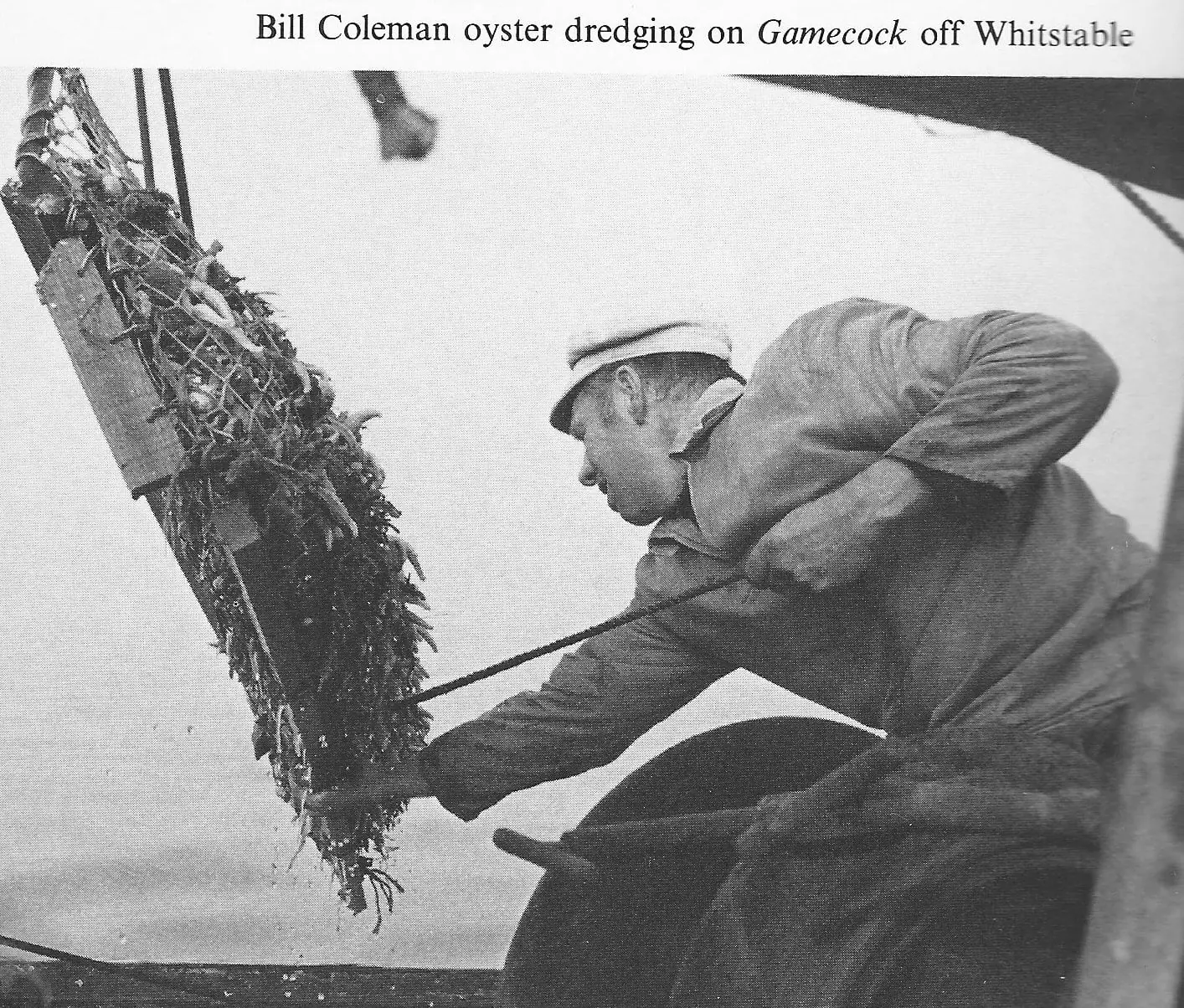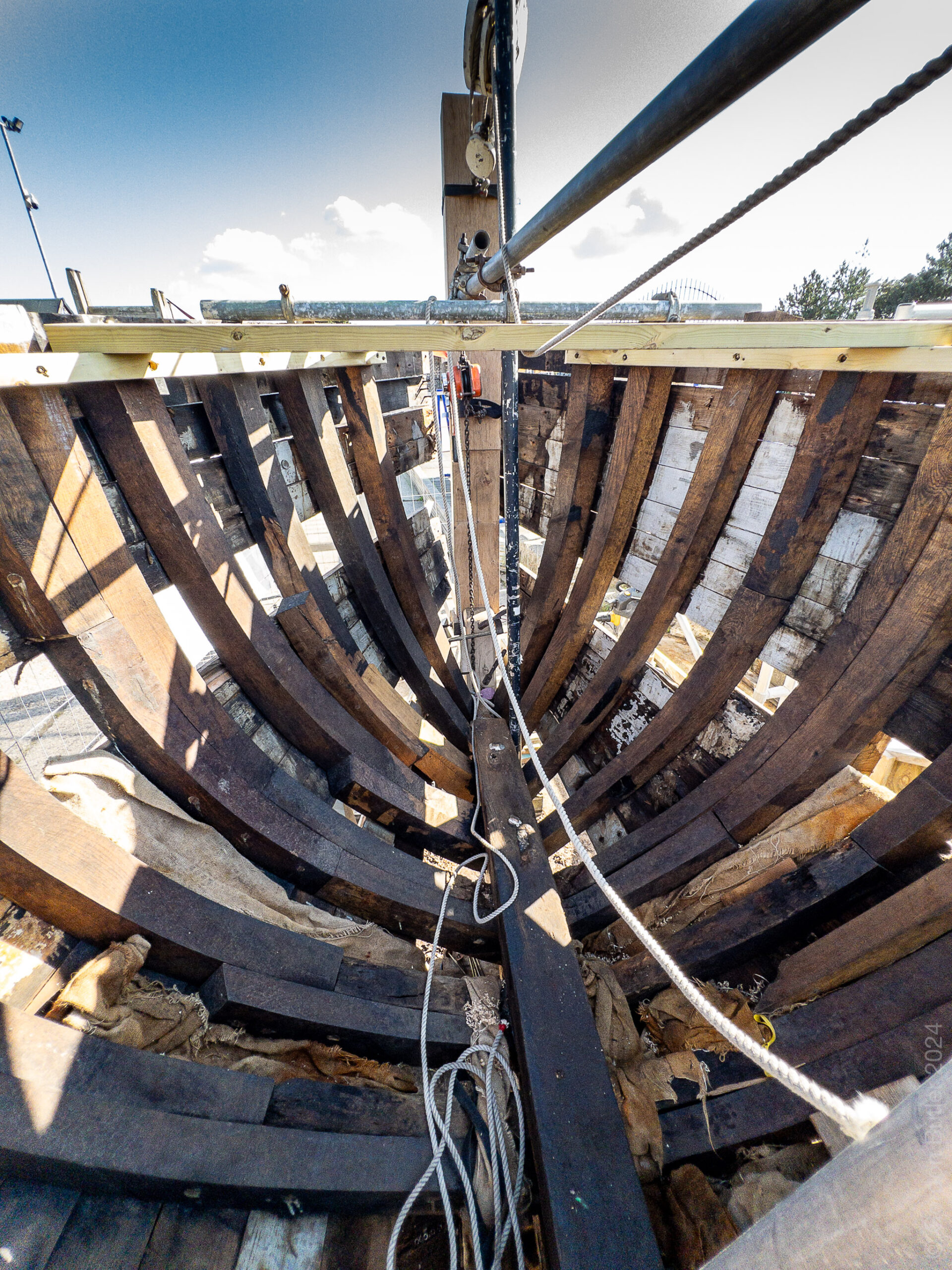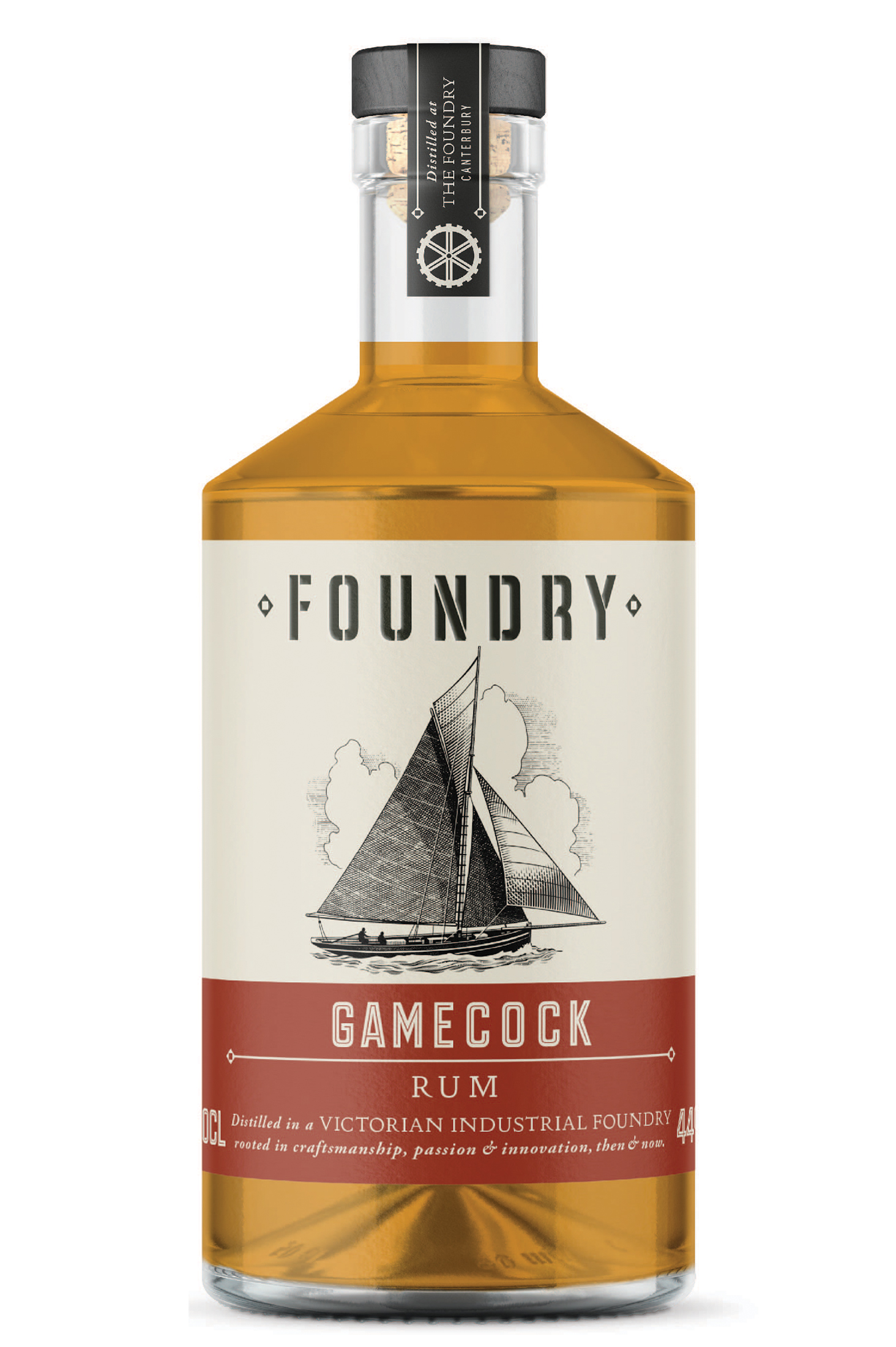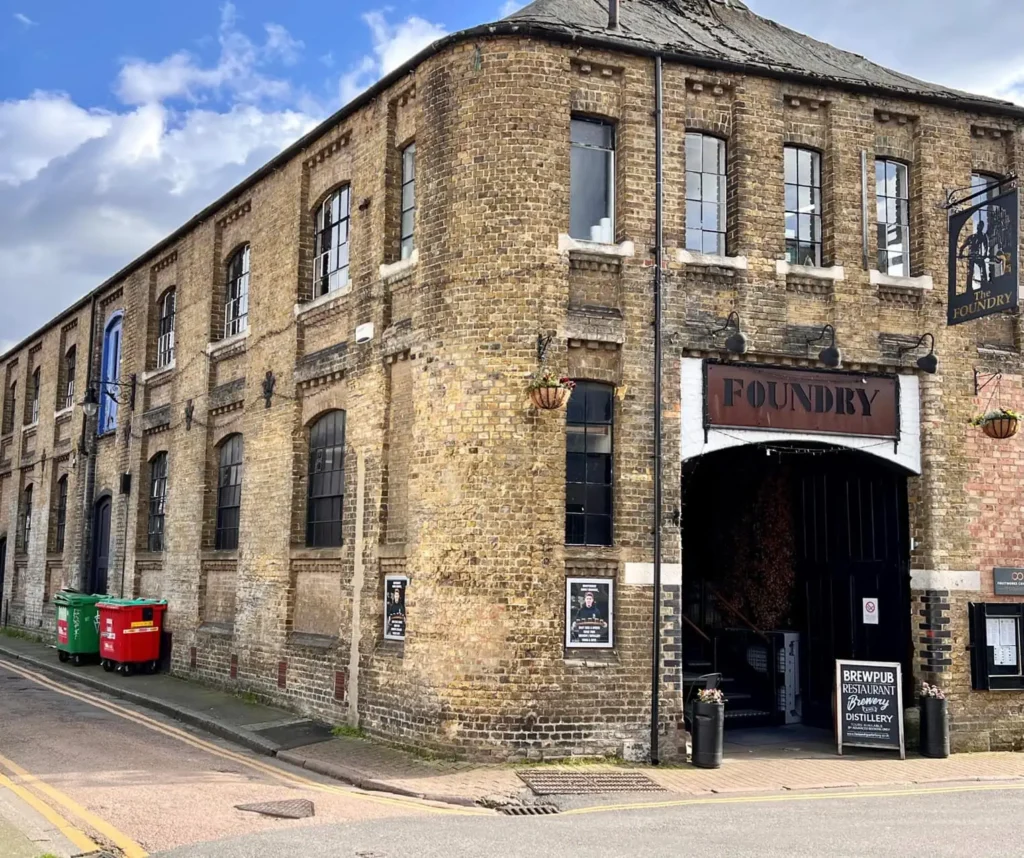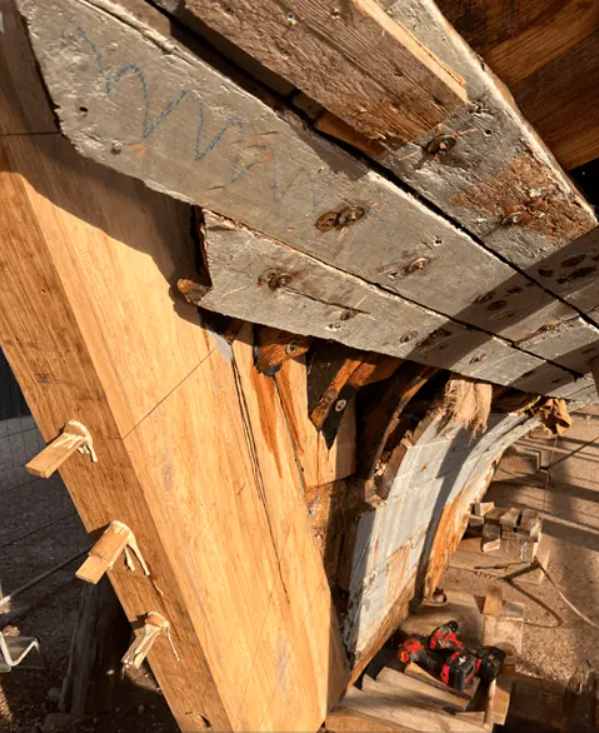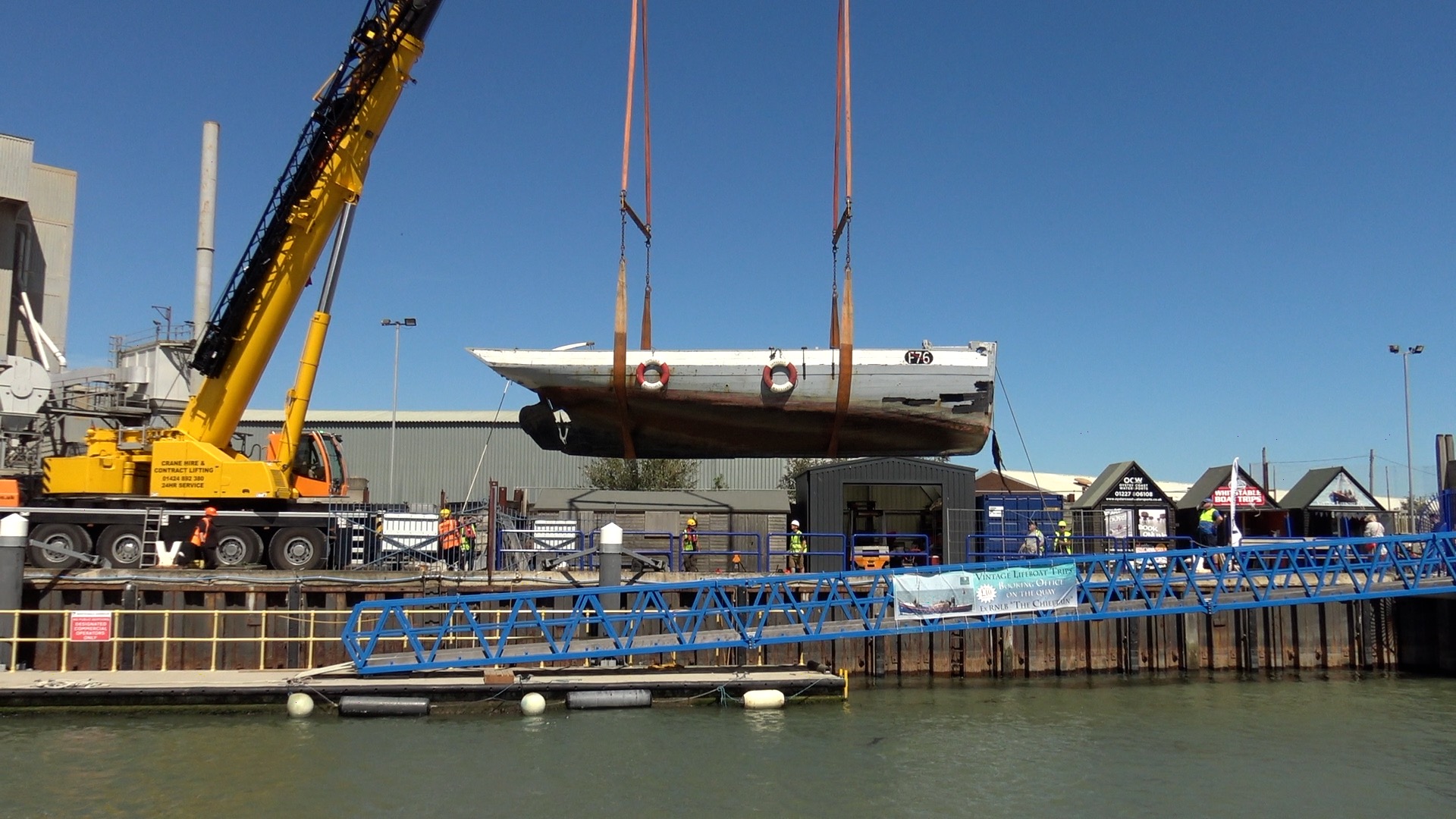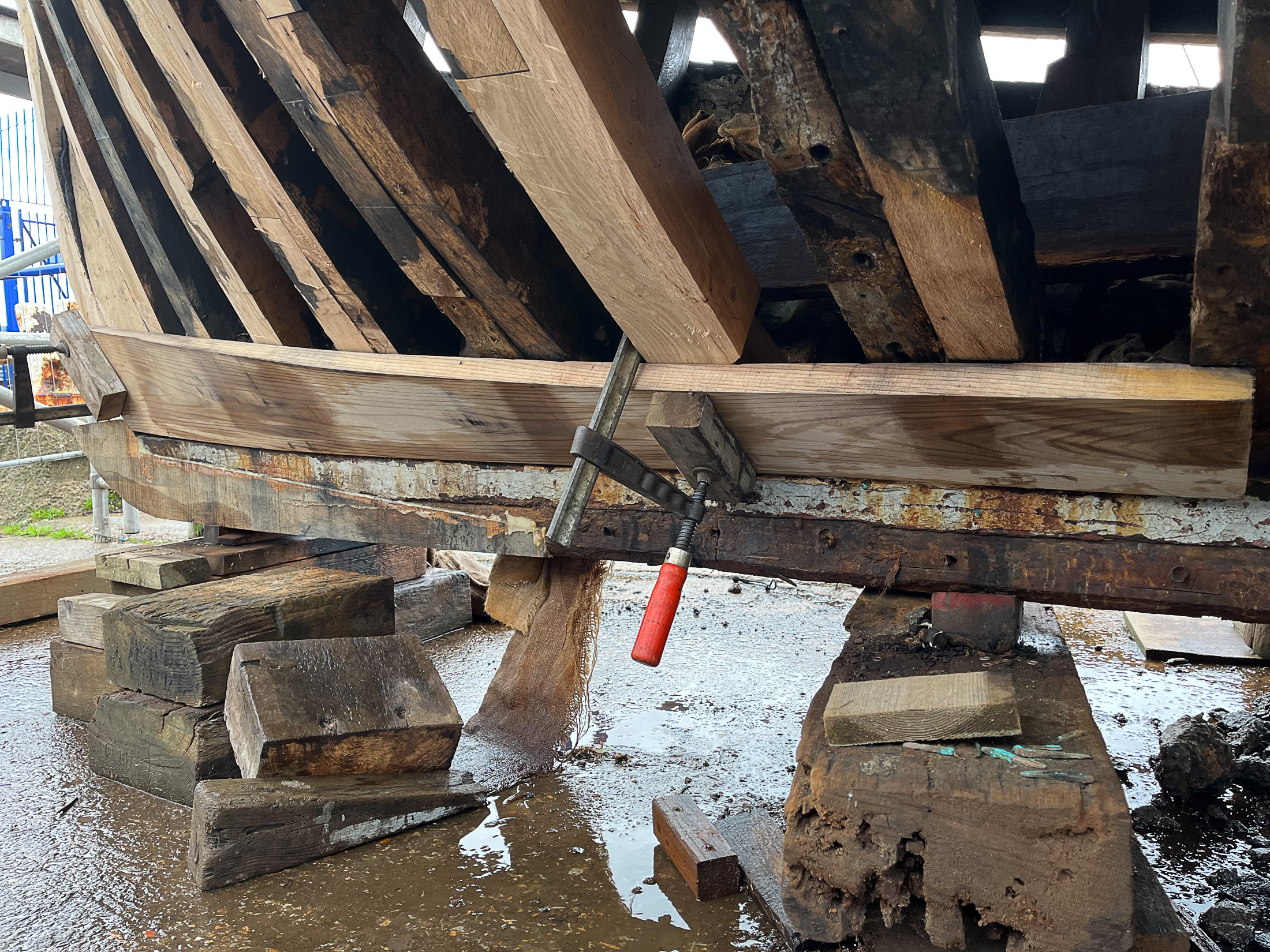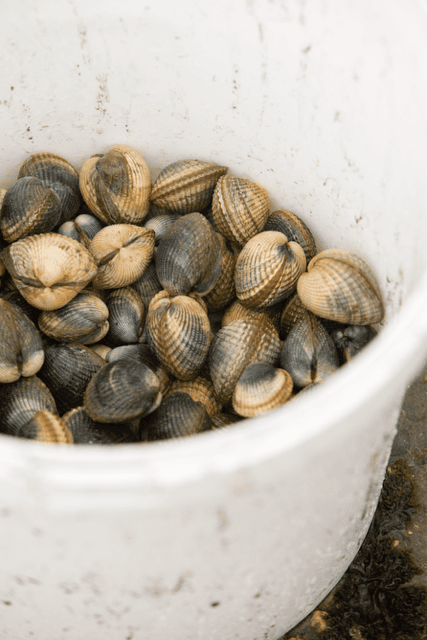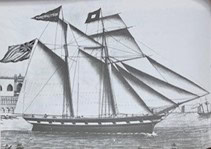Having reached retirement age I knew that it would not be long before I would find myself with many spare hours. I was fortunate in being asked to continue working part-time and in the remaining two days of the week I began talking to Whitstable residents about boats, oysters, and the town’s maritime history. All conversations seemed to lead to the Gamecock and Bill Coleman.
I tracked Bill down in Sydenham Street and there began a series of meetings with many cups of tea. I realised the historical significance of Gamecock as the last of its kind and learnt a great deal about oyster dredging and oyster yawls. However Bill’s health was failing and the Gamecock was on an open mooring at the mouth of the River Oare. Bill was very dismissive of institutions but when he was no longer able to scramble aboard he agreed to sell her to a group of us. We opened a bank account, registered ‘Whitstable Maritime’ with the Charity Commission, and had Gamecock listed as a National Historic Ship.
Bill’s niece in America has written to say how grateful the family are to the Charity for ‘keeping the boat alive for the town’. However the credit should go to Bill. If he had not kept her afloat, on a very low income, Gamecock would have been lying on her side on a Faversham mud-bank being battered by incoming tides, long before the Charity was formed. Of course Whitstable Maritime now has broader economic and social aims, but I suspect that the restoration and operation of Gamecock will be a core activity for generations to come. Bill, it was a job well done.
Gordon Vincent
President, Whitstable Maritime

